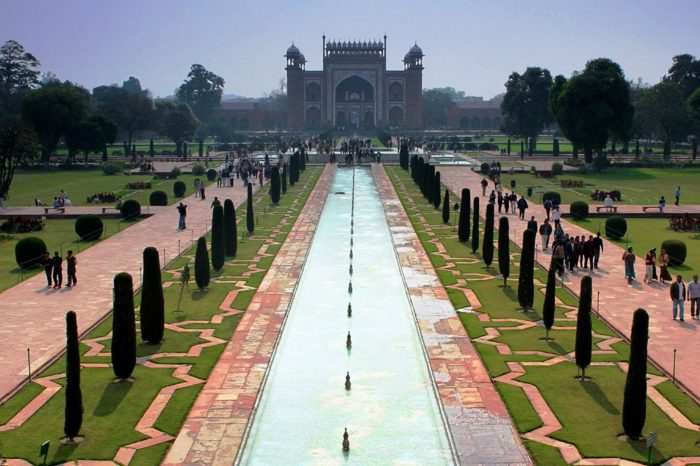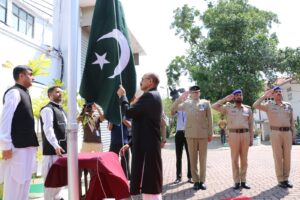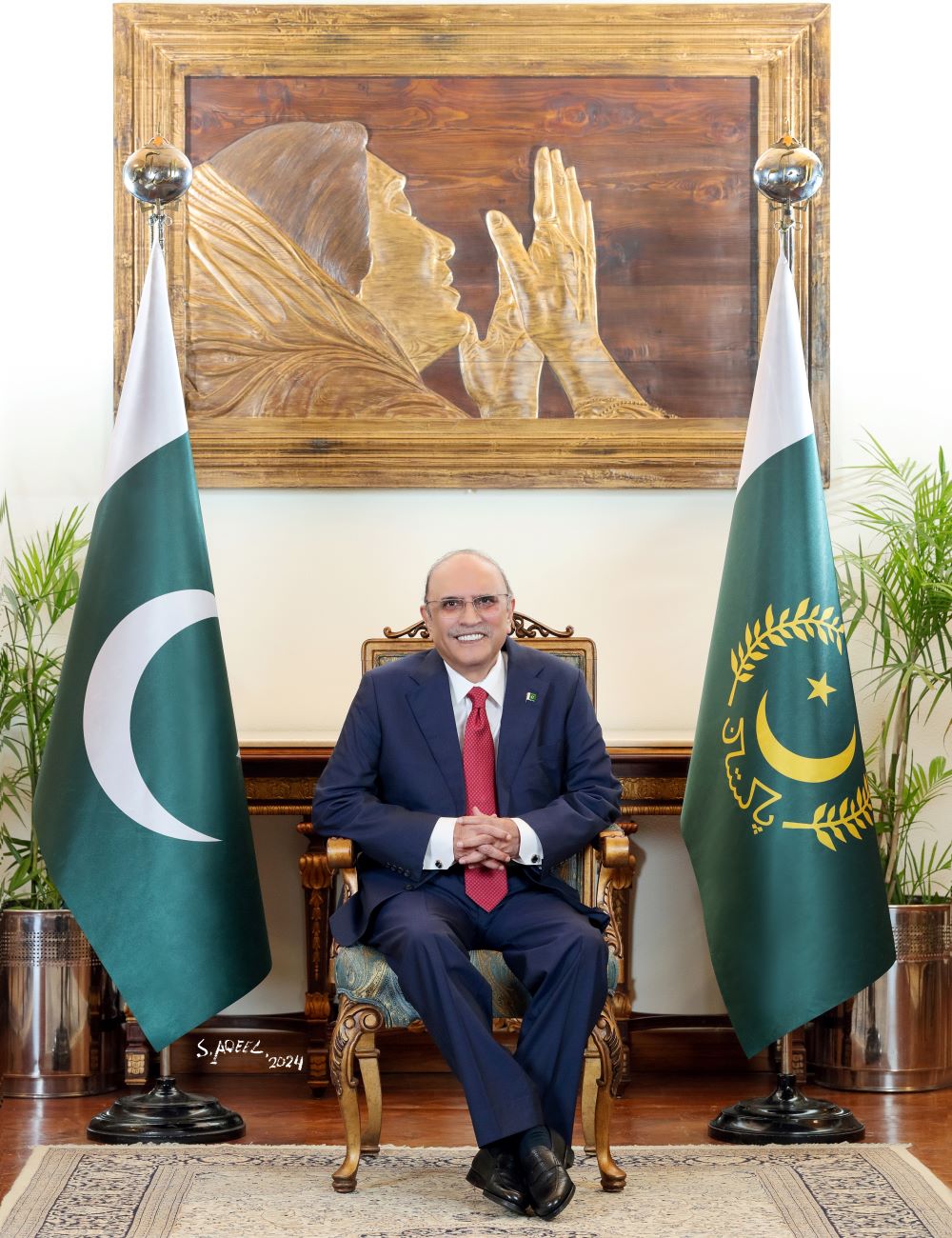The Buddhist Heritage of Pakistan
Pakistan has been cradle of Buddhist art and culture and the second holy land of Buddhism for well over a thousand years. The religious faith has marked the most significant epoch in the history of the cultural and social evolution in the subcontinent. Indeed, it has been one of the greatest spiritual experiences the world has ever seen and which have left behind one of the finest manifestation in the domain of art and culture. The advent and development of Buddhism owes a great deal to the ancient land of Pakistan. It was here that the religious activities reached its climax through well-organized missionaries and ultimately made it a world religion. The land of Gandhara where the celebrated faith evolved, is more or less a triangle about 100 kilometers across east to west and 70 kilometers from north to south, on the west of the Indus river. It is surrounded on three sides by mountains. It covers the vast areas of today’s Peshawar valley, the hilly tracts of Swat (Udyana), Buner and the Taxila valley. Buddhism left a monumental and rich legacy of art and architecture in Pakistan. Despite the vagaries of centuries, the Gandhara region preserved a lot of the heritage in craft and art. Much of this legacy is visible even today in Pakistan.









